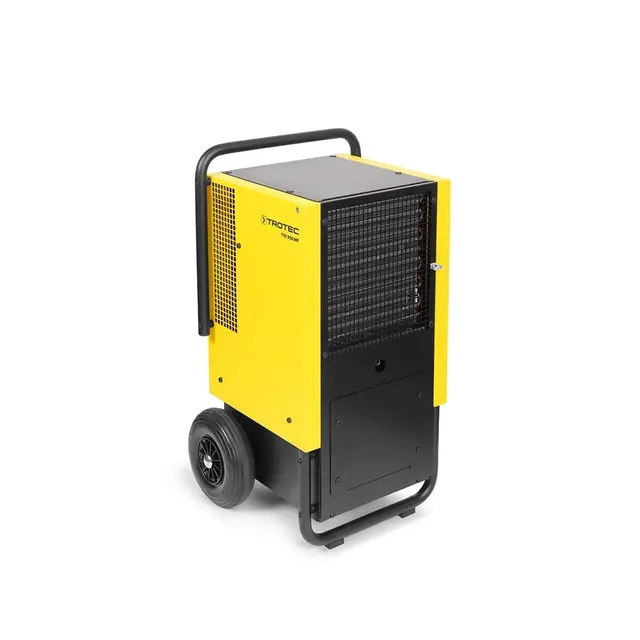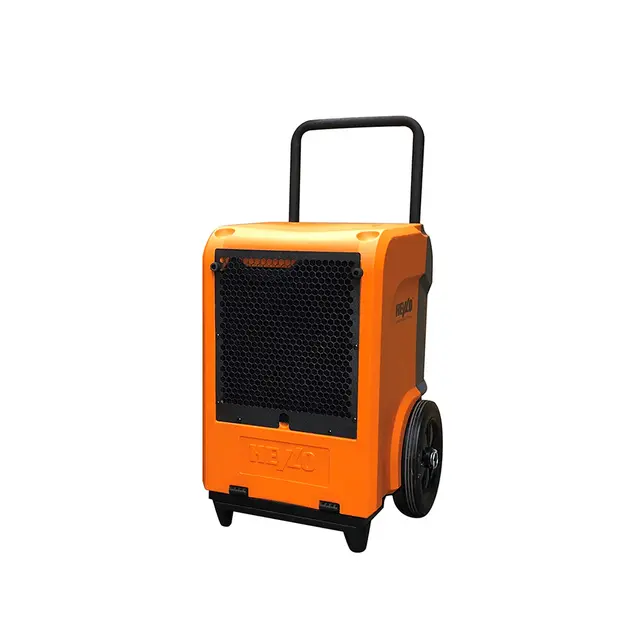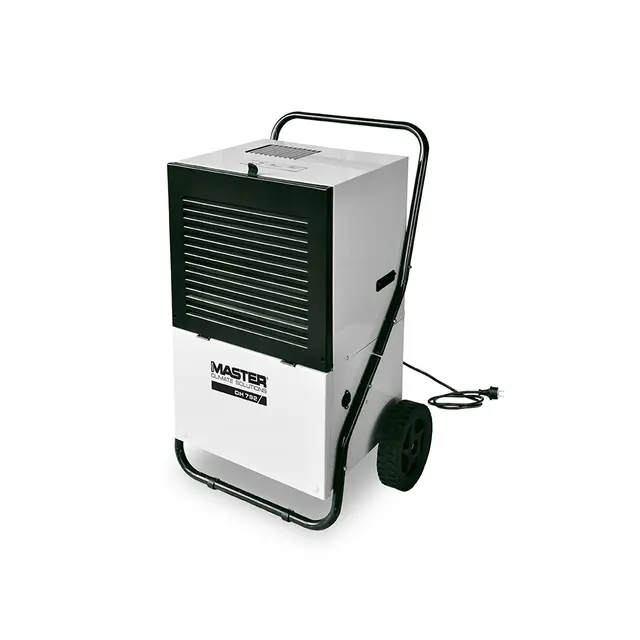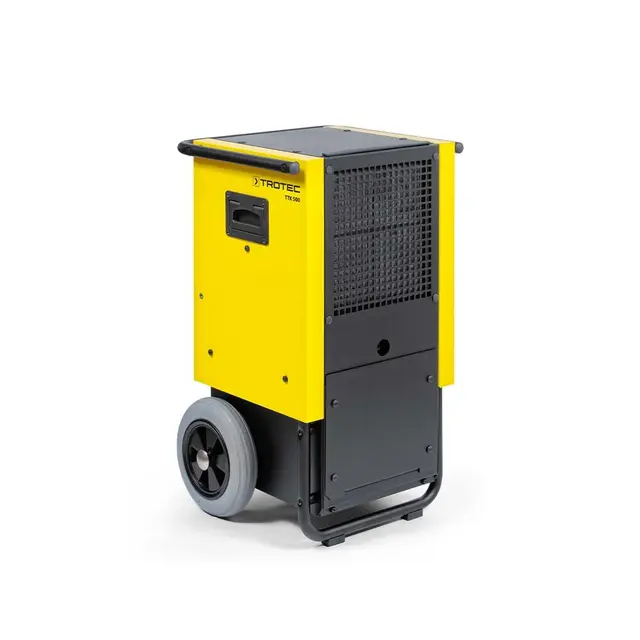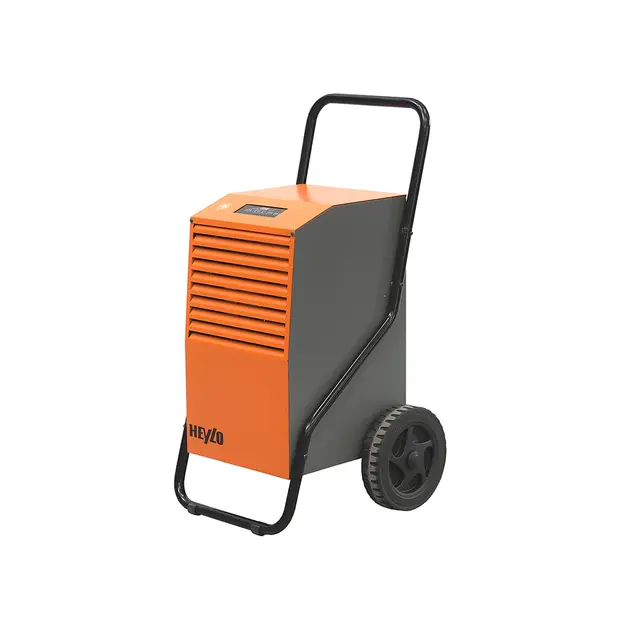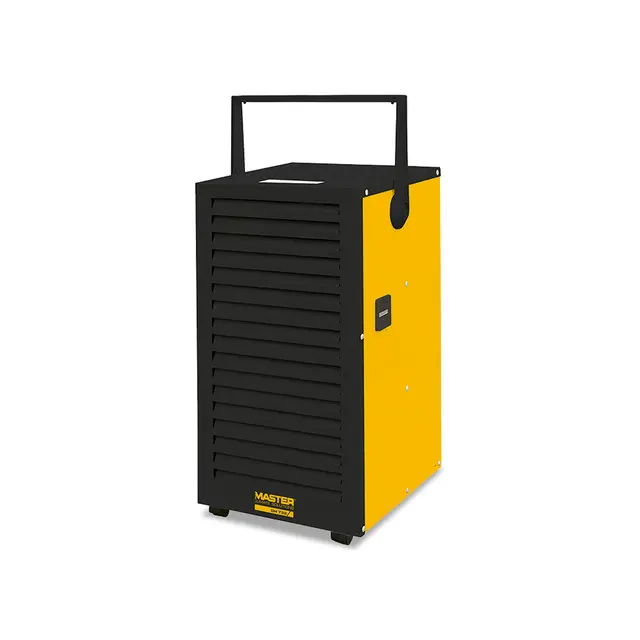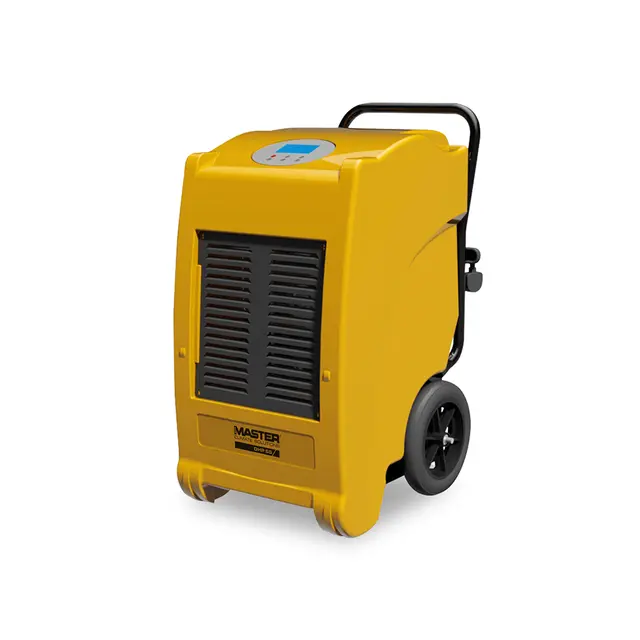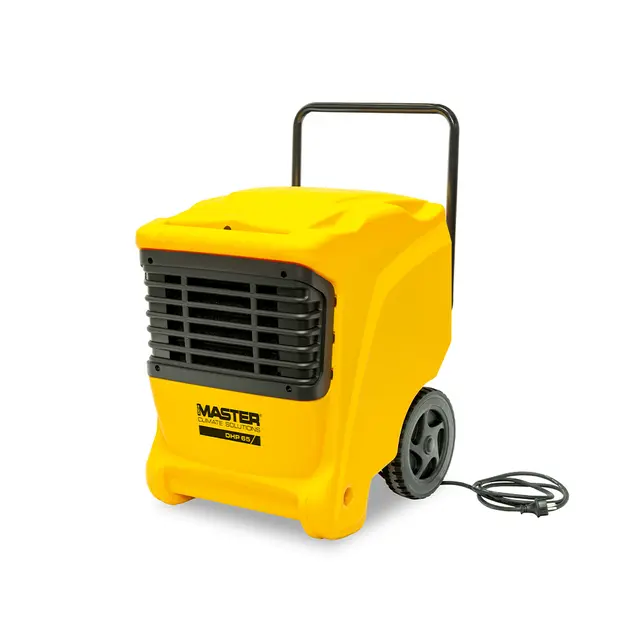Renting a portable dehumidifier could save a construction project
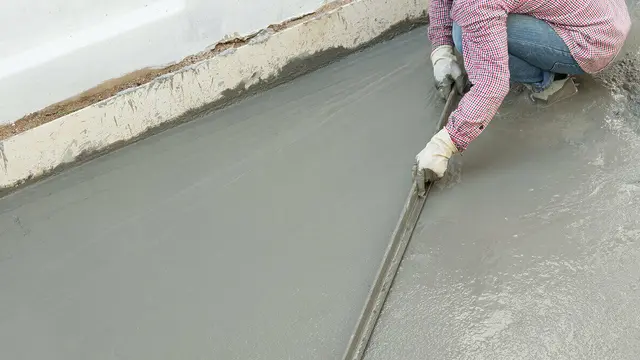
- Home
- Insights
- Humidity control and drying insights
- Renting a portable dehumidifier could save a construction project
Portable dehumidifiers can save the day whenever humidity and water damage is a potential threat to a construction project. As well as regulating humidity levels during sensitive drying processes, they can combat harmful condensation and stop mould growth in its tracks.
In this article, we cover the temporary uses of portable condense dehumidifiers for drying out buildings during construction, choosing the right system and making sure you get the best from your setup.
When does humidity strike?
No building is immune to moisture damage and, given even the smallest chance, mould and mildew will attach itself to almost any material. Renting a portable unit to regulate humidity levels can save untold amounts of time, cost and effort in a variety of settings and situations, including:
Drying processes during construction
Even before a building is completed, excess moisture in the air can cause problems. Unregulated humidity will derail drying processes like painting, plastering and setting concrete floors. As well as costing time, this can result in ugly or even dangerous finishes. For example, if a concrete floor hasn’t had the chance to settle at its optimum moisture content, then you could be left with ineffective flooring adhesive, efflorescence or structural damage.
Working in rooms with little ventilation
Ever wondered why windowless rooms like cellars and basements often have a musty smell? When moisture finds its way into small spaces with no outside air supply, humidity will linger. As the temperature drops, condensation will form on surfaces to create the perfect breeding ground for mould and mildew.
Temperature changes
Climate and humidity are intrinsically linked, which means the amount of moisture in the air will rise and fall at different rates depending on the time of year. When heating is used to speed up drying processes, the air is able to hold more moisture and therefore create a more humid environment. Because colder air is capable of holding less moisture, water droplets settle on surfaces when the heater is switched off or when the temperature drops at night.
How to get the best from your dehumidification setup
There are a number of things to consider before renting a dehumidifier, and while all Dantherm Group products come with expert support, the key points below are worth keeping in mind throughout your drying process.
Choose the right capacity
A dehumidifier’s capacity is rated by the amount of moisture it can remove in 24 hours. One way to work out the right capacity for your project is to determine how much moisture you need to remove and the amount of time you have to do it.
Seal the room
Making sure that the drying area is as closed-up as possible will prevent wet weather and humid air from outside slowing down your drying process.
Place your dehumidifier where it will do the most good
As a rule of thumb, dehumidifiers should be evenly spaced without facing each other. They are normally most effective in below ground rooms like cellars and areas where painting or cement mixing is taking place, as this is where humidity will be at its highest.
Use remote monitoring
To keep track of progress and make sure your dehumidifier isn’t switched off when you’re not on-site, remote monitoring systems use a cloud-based sensor to send status updates to your computer. It will also switch-off the system as soon as drying is complete, so you will only be paying for the time you need.
Don’t force the drying process
Adding heat will only dry what’s on the surface and is likely to lock moisture inside building materials. As well as prolonging the drying process, you also run the risk of causing cracks on walls, doors and ceilings.
How condensation dehumidification works

Damp air is drawn into the dehumidifier and across a refrigerated coil
The air is cooled below its dew point, condensing the water vapour
Latent heat energy is recovered and re-used
Cooled air passes across the condenser and reheated
The warm dry air is then returned to the room at the required humidity
Dantherm Group dehumidifiers are built and tested to take on tough working conditions like construction. And, as of 2020, all our portable units are F-gas compliant with EU regulations, which means they don’t contain the fluorinated gasses that contribute to greenhouse gas emissions.
As part of Dantherm group, all Dantherm Group dehumidifiers come with expert support from our in-house applications department and international service network. Talk to our team today to find out more.
Related products
Featured insights
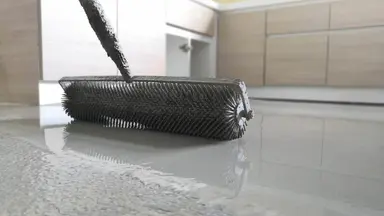
Discover the different methods to dehumidify building sites quickly and cost effectively
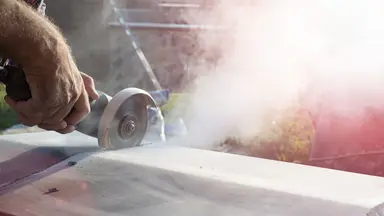
Removing the risk of dust during building work and renovations

How we can speed up drying times on vital building projects
Need help with choosing the right solution? Our team of over 100 climate control experts can assist.
You can also reach out or join the discussion on our Social Media. Check out our LinkedIn page.
